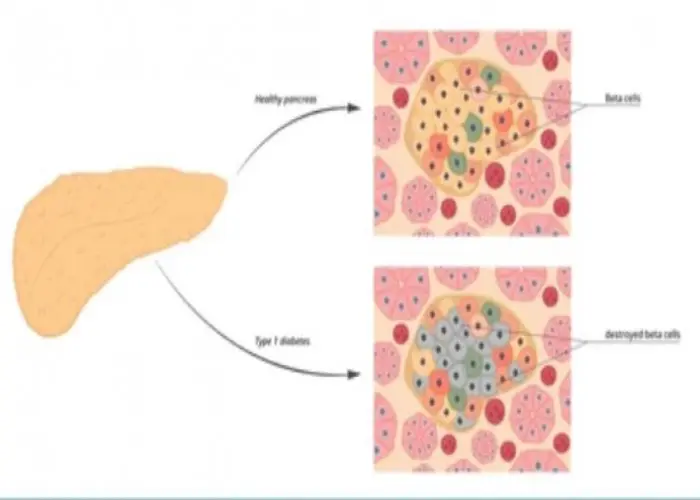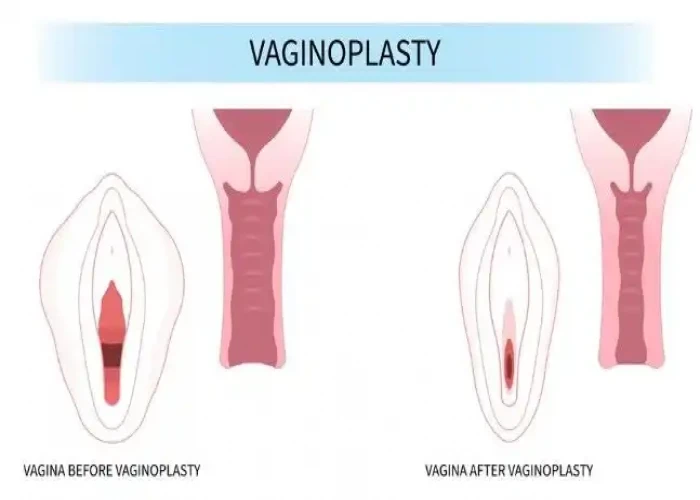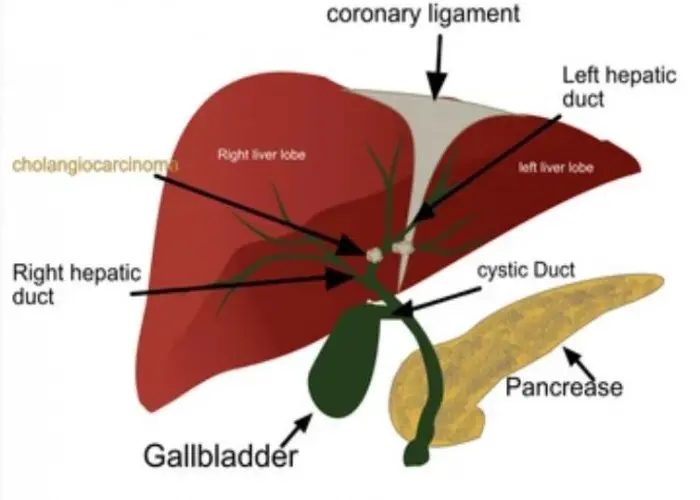 Welcome
Welcome
“May all be happy, may all be healed, may all be at peace and may no one ever suffer."
Syringomyelia

Syringomyelia is a disorder in which a fluid-filled cyst, called a syrinx, forms within the spinal cord. The syrinx can gradually expand and damage the spinal cord, leading to a range of symptoms.
The exact cause of syringomyelia is not fully understood, but it is thought to be related to an obstruction in the flow of cerebrospinal fluid (CSF), which is the fluid that surrounds the brain and spinal cord. This obstruction can cause a buildup of CSF in the spinal cord, leading to the formation of a syrinx.
Symptoms of syringomyelia can vary depending on the location and extent of the syrinx. Common symptoms include pain or weakness in the arms, back or legs, loss of sensation, difficulty controlling bladder and bowel function, and scoliosis. In some cases, syringomyelia may be asymptomatic and discovered incidentally on imaging studies.
Treatment for syringomyelia depends on the severity of the symptoms and the underlying cause of the disorder. Mild cases may not require treatment, but regular monitoring with imaging studies is necessary. In more severe cases, surgery may be required to remove the obstruction and drain the syrinx, which can help to prevent further damage to the spinal cord. In some cases, treatment may also involve addressing underlying conditions that are contributing to the development of syringomyelia, such as a tumor or a Chiari malformation.
Research Papers
Disease Signs and Symptoms
- Muscle weakness
- Headaches
- Body stiffness
- Pain in neck, arms and back
- Back pain
- Curved spine (scoliosis)
- Loss of sensitivity to pain and temperature
- Stiffness in back, shoulders, arms and legs
Disease Causes
Syringomyelia
It's unclear how and why syringomyelia happens. When it develops, cerebrospinal fluid — the fluid that surrounds, cushions and protects your brain and spinal cord — collects within the spinal cord itself, forming a fluid-filled cyst (syrinx).
Several conditions and diseases can lead to syringomyelia, including:
- Chiari malformation, a condition in which brain tissue protrudes into your spinal canal
- Meningitis, an inflammation of the membranes surrounding your brain and spinal cord
- Spinal cord tumor, which can interfere with the normal circulation of cerebrospinal fluid
- Conditions present at birth, such as a tethered spinal cord, a condition caused when tissue attached to your spinal cord limits its movement
- Spinal cord injury, which can cause symptoms months or years later
Disease Prevents
Disease Treatments
Treatment for syringomyelia depends on the severity and progression of your signs and symptoms.
Monitoring
If syringomyelia isn't causing signs or symptoms, monitoring with periodic MRI and neurological exams might be all you need.
Surgery
If syringomyelia is causing signs and symptoms that interfere with your life, or if signs and symptoms rapidly worsen, your doctor will likely recommend surgery.
The goal of surgery is to remove the pressure the syrinx places on your spinal cord and to restore the normal flow of cerebrospinal fluid. This can help improve your symptoms and nervous system function. The type of surgery you'll need depends on the cause of syringomyelia.
To reduce pressure on your brain and spinal cord, surgery options include:
- Treating Chiari malformation. If syringomyelia is caused by Chiari malformation, surgery might involve removing a small section of bone at the back of your skull. This surgery can reduce pressure on your brain and spinal cord, restore the normal flow of cerebrospinal fluid, and might improve or resolve syringomyelia.
- Draining the syrinx. Your doctor will surgically insert a drainage system, called a shunt. It consists of a flexible tube that keeps fluid from the syrinx flowing in the desired direction. One end of the tubing is placed in the syrinx, and the other is placed in another area of your body such as your abdomen.
- Removing the obstruction. If something within your spinal cord, such as a tumor or a bony growth, is hindering the flow of cerebrospinal fluid, surgically removing the obstruction might restore the flow and allow fluid to drain from the syrinx.
- Correcting the abnormality. If a spinal abnormality is hindering the flow of cerebrospinal fluid, surgery to correct it, such as releasing a tethered spinal cord, might restore fluid flow and allow the syrinx to drain.
Surgery doesn't always restore the flow of cerebrospinal fluid, and the syrinx might remain, despite efforts to drain the fluid from it.
Follow-up care
Syringomyelia can recur after surgery. You'll need regular examinations with your doctor, including periodic MRIs, to assess the outcome of surgery.
The syrinx can grow over time, requiring additional treatment. Even after treatment, some signs and symptoms of syringomyelia can remain, as a syrinx can cause permanent spinal cord and nerve damage.
Disease Diagnoses
Disease Allopathic Generics
Disease Ayurvedic Generics
Disease Homeopathic Generics
Disease yoga
Syringomyelia and Learn More about Diseases

Autoimmune pancreatitis

Vaginal agenesis

Myofascial pain syndrome

Cholangiocarcinoma (bile duct cancer)

Eye melanoma

Ganglion cyst

Chronic hives

Small bowel prolapse (enterocele)
syringomyelia, সিরিংমোমিলিয়া
To be happy, beautiful, healthy, wealthy, hale and long-lived stay with DM3S.
